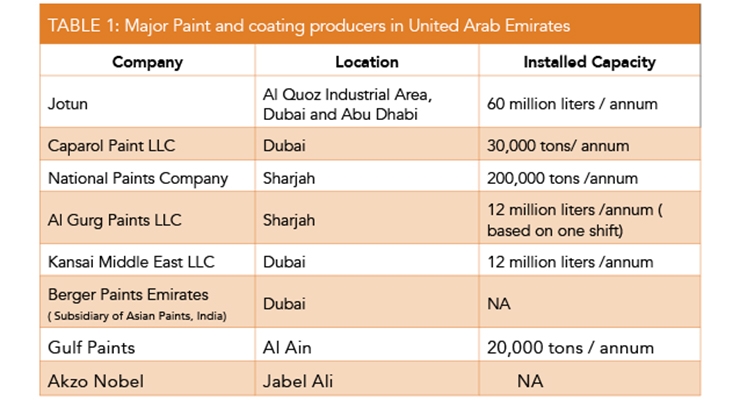Systematic Overview To Establishing Your Wall Surfaces For Repainting
Systematic Overview To Establishing Your Wall Surfaces For Repainting
Blog Article
Short Article Created By-Terp Balslev
When you're prepping your wall surfaces for painting, it's important to follow a systematic procedure to make certain a perfect finish. Begin by taking a look at the wall for any type of damage; this step can make or damage your project. As soon as you've determined any type of issues, cleaning the surface area effectively is vital, as a dirty wall surface can influence paint attachment. After that, you'll need to spot any type of blemishes and apply a guide. Yet there are specific methods and ideas that can raise your prep work video game-- allow's explore those further to achieve the very best outcomes.
Assessing Wall Condition
Before you order your paintbrush, take a moment to analyze your wall surfaces' condition. Look for any noticeable damage like cracks, openings, or peeling paint. These imperfections can influence just how the paint sticks and looks once it's dry. If you notice any considerable damage, you'll need to prioritize repairs before diving right into paint.
Look very closely at the appearance of your walls. Is the surface smooth, or exists appearance that might need unique consideration? Smooth wall surfaces normally require much less prep, while textured surface areas may require even more time to paint uniformly.
Also, consider the previous paint work. If the old paint is glossy, it mightn't allow new paint to stick effectively. You'll want to know if your wall surfaces have been painted with oil-based or water-based paint, as this can impact your selection of guide or paint.
Ultimately, bear in mind of any type of wetness issues. If you see signs of water damage or mold, address these troubles promptly to stop further issues.
Cleaning up the Surface
When you've evaluated the problem of your walls, the following action is cleaning up the surface area. Start by gathering your products: a bucket, warm water, a light cleaning agent, a sponge or fabric, and a scrub brush for tougher areas.
Begin at the top edge of the wall and work your means down. https://www.washingtonpost.com/home/2022/08/23/interior-paint-shopping-guide/ with cozy water in your pail, after that dip the sponge or cloth into the remedy. Wring commercial painting contractors colorado out to stay clear of extreme wetness on the wall surfaces.
As you clean up, pay attention to areas that may've accumulated dust, grease, or fingerprints. For persistent discolorations, use the scrub brush delicately to avoid harming the paint under. Rinse your sponge or towel regularly in clean water to avoid spreading out dirt around.
After cleansing, it's necessary to clean the walls with a damp towel to eliminate any type of soap residue. This action makes sure a smooth surface area for the new paint to adhere to.
Enable the walls to completely dry completely prior to moving on to the following preparation actions. This complete cleansing process will certainly help develop a fresh canvas for your painting project, making certain the best results.
Patching and Priming
Patching and priming are crucial action in preparing your walls for a fresh layer of paint. First, examine your walls for any openings, cracks, or imperfections. Use a high-grade spackling compound or patching paste to load these areas.
Use https://residentialpaintersnearme98753.blogsmine.com/33733545/key-strategies-for-making-sure-tidy-edges-and-superior-outcomes-when-repainting-your-indoor-spaces with a putty blade, smoothing it out so it's flush with the surrounding surface area. Enable it to dry totally, and after that sand it gently until it's smooth and even.
Once you've patched everything, it's time to prime. Guide assists secure the covered locations, ensuring the paint adheres appropriately and supplies a consistent finish. Pick a primer ideal for your wall surface type and the paint you'll be making use of.
Apply the guide making use of a roller for bigger areas and a brush for edges and edges. If your patched areas are dramatically huge or permeable, you might intend to use a 2nd coat of guide after the very first one dries.
After priming, let whatever completely dry thoroughly prior to going on to painting. This preparation won't only improve the appearance of your walls however likewise prolong the life of your paint job.
Take your time, and you'll be pleased with the results.
Conclusion
By complying with these basic steps, you can accomplish a smooth and specialist coating on your walls. Beginning by evaluating their condition, then clean and patch any imperfections before using primer. Keep in mind to allow appropriate drying time and ensure every little thing is smooth before you study paint. With the right prep work, you'll establish the stage for an attractive change in your area. Now, collect your products, inhale the fresh air, and prepare to repaint!
